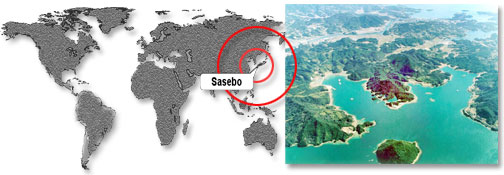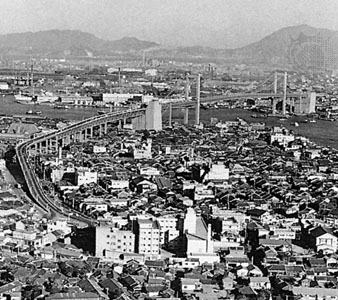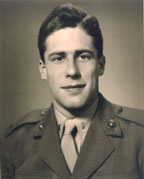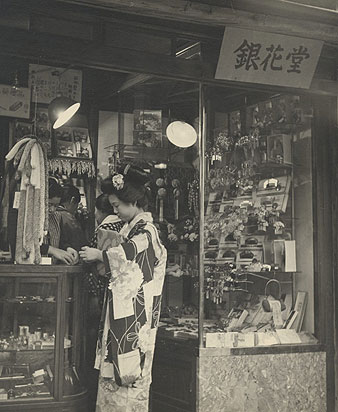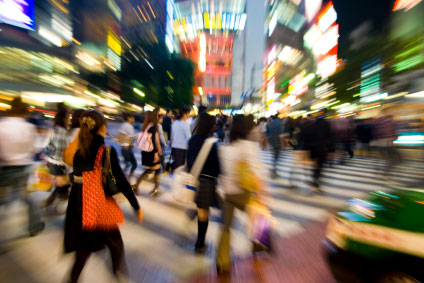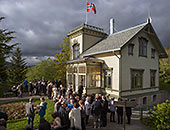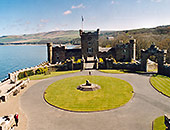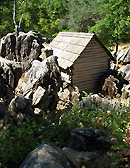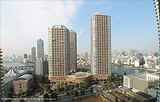 |
 |
|
 |

|
Japan:
Then and Now
by Herb Chase
|
||||
|
Two years ago, I was the guest of the owners of TKS offset press manufacturer and we were exposed to an all new and different Japan. The contrast was startling. TKS was trying to sell use one of their latest high-speed presses. Being their guest was critical because the first thing we noticed was that prices in modern Japan are sky high. Counting luxury suites in the Imperial Hotel, being out every night at different and luxurious restaurant or geisha house, taxis all over Tokyo, great Kobe steak, and lost of drinks - probably cost our hosts well over 35,000 for four us. Unlike typical American hosts who might pay the bills, but send top people to party along, the brothers who own TKS were with us every night, along with their top executives. They all know how to entertain with enthusiasm, introducing us to modern geisha houses - in fact, they own two of them. THE GEISHA HOUSE
THE MODERN JAPANESE In contrast to the meek and mild Japanese men and women we experienced some 60 years ago, the people we met on our recent trip were assured, well-educated and very polite --- but not in a condescending manner. The women no longer walk two paces to the rear of their man --- except for the older generations. The modern Japanese people were as interested in learning about America as we were in studying their reformed country. From what I understand, the Japanese history books pay very little, if any, attention to their cowardly attack on Peal Harbor or the series of devastating defeats they suffered from Guadalcanal to Iwo Jima. While on Kyushu, another Marine lieutenant, an all-American basketball player from the state of Washington, and I were assigned to administer the Province of Issumi, where more than a million Japanese lived. We had ten marines with us. Our assignment: blow up the military's left over Kamikaze planes and boats. The leaders of the Issumi Province invited us to their homes fro dinner almost every night. We soon tired of four hour endless boring meals, surrounded by men who couldn't speak English, while the wives were out of sight in the kitchen or whatever they called the cooking area. In those days the horse-drawn 'honey pots' patrolled the housing areas, digging out the human waste from traps below ancient toilets. The cities and villages all had pervasive human waster smell, which was quiet unpleasant. Every patch of land was used for growing vegetable, which were fertilized with human feces - adding to the noxious odor.
None of these old Japanese habits and customs are visible in modern Japan. On our recent visit to Tokyo, the people were competent, friendly, confident and well-groomed. The streets were clean and safe, though there was no strong visible police presence. Taxicabs are everywhere because there are hardly any parking lots now that every inch of land is covered with spectacular high rises, all lit up like Broadway in New York or downtown Las Vegas. Talk to Herb@TravelingBoy.com |
|
Great article, Lt. Chase. I am a big WWII Pacific campaign buff, and must say that I have never read a story such as yours. You focused on a personal story that rarely gets much coverage. Sempre Fi! Thanks for your service to our country. Paul Harper
|
|
| ||||
|
| ||||
This site is designed and maintained by WYNK Marketing. Send all technical issues to: support@wynkmarketing.com
|
Webcam
of 
|







